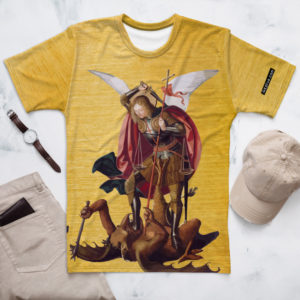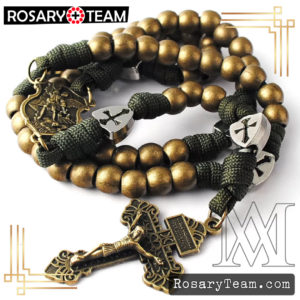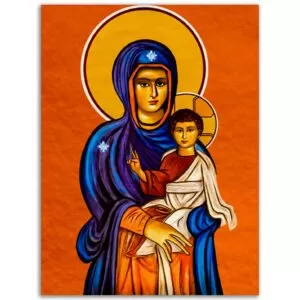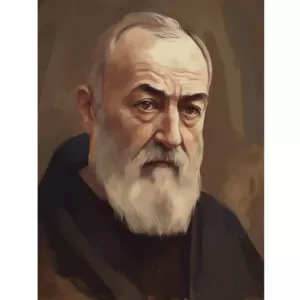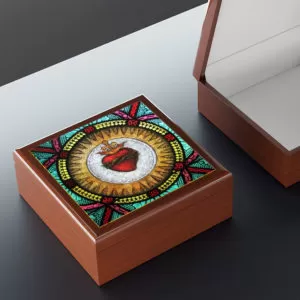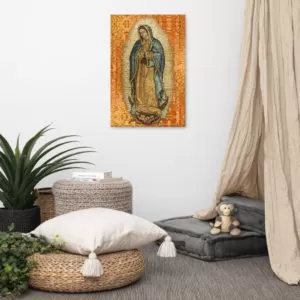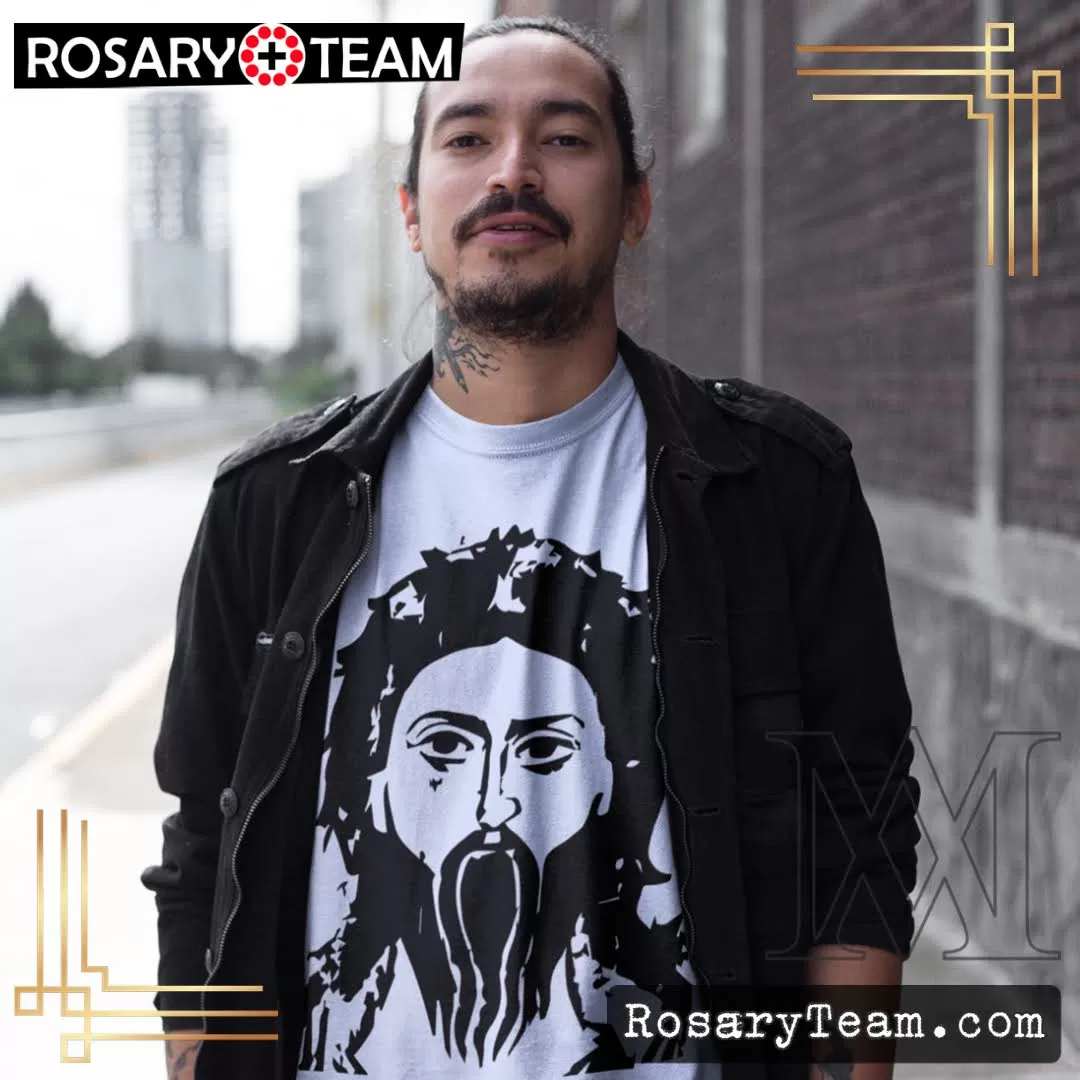SAINT THOMAS MORE
Scholar|
Writer|
Friends|
King Henry Divorce|
Avoid Divorce Issue|
Martyrdom
A Scholar
Saint Thomas More was born February 7, 1478 and died July 6, 1535 at fifty-seven. Thomas went to St. Anthony’s School in London and then was taken to serve as a page in the household of the famous Cardinal Morton, then Archbishop of Canterbury and Lord High Chancellor of England. Thomas thought of and prayed about a vocation. Was it to be a Religious in a Monastery, a secular priest or a husband and father of a family? To him each was a sacred vocation and
required his studied thoughts and almost detached prayer. In 1504 when he was twenty-seven years old he decided on marriage. Thomas and Jane were very happily married for more than five years untill her death in 1511, leaving four children: Margaret (Meg) born in 1505, Elizabeth
(Beth)1506, Cicily (Cecy) 1507, and John (Jack ) in 1509.
Shortly after his first wife’s death he married a still older woman, a widow, Alice Middleton, who brought to his household her daughter, Alice. Thomas More’s household was delightful. His family was always his first concern. He believed in developing the minds of his children, his daughters’ as well as his son’s. His eldest, Meg, was an enthusiastic student and her father’s pride and joy. She was an excellent Latin student and on one occasion when the King arrived unexpectedly at their home in Chelsea by barge down the Thames River, Meg held conversation with him in that language, much to the expressed pleasure of Henry VIII who in his better youthful days was interested in such scholarly attainments.
A Writer and Lecturer
More’s intellect was not only quick and witty but profound and erudite. As early as 1503 he wrote a number of poems and verses, some in Chaucerian format; some witty, some sentimental, all philosophical and one, especially, historical. “Lamentation at the Death of Queen Elizabeth” the widow of Henry VII whose marriage joined the White Rose to the Red after the Wars that lasted years. Thomas wrote the life of John Pico, Earl of Mirandola whose life pattern he wished to emulate. Pico had thought of becoming a Religious but like More he decided to remain a layman but to give his life to Christ’s teachings. He translated the Latin biography of Pico and adds to it paraphrases in verse of Pico’s Rules for a Christian Life, Weapons of Spiritual Warfare and Properties of a Lover. By 1513 More was at work on the History of Richard III and the next year this scholar and wit was appointed Commissioner of Sewers for River Thames! In 1515 he wrote his famous Utopia Book II and Book I the following year. There were excellent ideas on the reforms both of State and Church.
By 1517 More had undertaken at least two trips for London merchants and the King and High Lord Chancellor (Cardinal Wolsey) were so impressed with his handling of these matters that they persuaded him by Christmas to enter the King’s service as Privy Counselor and the following year as a Judge to hear the complaints of poor people.
In 1528 he received permission from Bishop Tunstal to read and refute heretical books and for the next six years he enters a literary crusade against the heresies of Luther, Frith and Tyndale. As a matter of fact, there are more than 600 quotes from Holy Scripture two thirds for the New Testament and one third from the Old.
Two Dear Friends
Meg records a most interesting conversation between Erasmus and her father. “Says
Erasmus to Father, ‘I marvel you have never entered into the King’s service in some public
capacity, wherein your learning both of men and things would not only serve your own interest but that of your friends and the public.’ Father smiled and made answer: ‘I am better and happier as I am. As for my friends, I already do for them all I can, so they can hardly consider me in their debt. As for myself the yielding to their solicitations that I would put myself forward, for the benefit of the world in general, would be like printing a book at the request of friends that the public may be charmed with what in fact it values as little as a Doit (a small copper coin formerly in use in the Netherlands, Erasmus’ country.) The Cardinal offered me a pension a retaining fee to the King but I told him I did not care to be a mathematical point, to have position without substance.’
More entered into the King’s service and while he needed neither the prestige nor the increase in income, he began by complying with the request of Cardinal Wolsey who was High Chancellor at the time. More was sent on various diplomatic missions in behalf of the merchants of England, one to France in 1528. So successful was he that in the same year he was appointed Chancellor of Lancaster and High Steward of Cambridge University. He had been made High Steward of Oxford the year before. Mention is made of it here because the suggestion was made several years later by the forty year old Dr. Thomas Cranmer that the opinion of the University students should be polled regarding the validity of the dispensation by the Pope given Henry to marry his brother’s widow. It was like suggesting that the opinion of the students taught by Hans Kung at Tubingen should be sought on his denial of the Pope’s infallibility. To Thomas More heresy was not merely a matter of semantics. “Heretics,” he wrote, “be all that obstinately hold any self minded opinion contrary to the doctrine that the common known Catholic Church teacheth and holdeth as necessary to salvation.”
The story of Henry VIII’s divorce is admittedly sordid. Henry had been given a dispensation to marry his sister-in-law when widowed. It was a legitimate decision, as the Church can make any
regulation concerning marriage and any changes with the exception, of course, of changing the essence or substance of the Sacrament itself which Christ instituted. In simple terms a valid marriage holds until death parts the spouses. And it is the teaching of the Church that sufficient grace is contained in that Sacrament to solve any problems arising throughout its existence. But like all grace it must be accepted by the individuals concerned. The prohibition concerning the brother or sister-in-law of the spouses was a wise regulation to protect a family relationship while the parties were alive. However the Church, being a wise and loving mother, has given through the centuries, a dispensation after the death of one of the spouses not only to royalty but in any particular case for which there was a justifiable reason and no impediments. Henry’s frail and sickly brother, Edward, was married to Catherine of Aragon when she was not quite 16 years old and Edward died when he was fifteen. Their marriage was never consummated. Henry VIII petitioned Rome for a dispensation to marry Catherine after his brother’s death as he, then, was successor to the throne.
Thomas More was in his forty-seventh year when he was given the Chancellorship of the Duchy of Lancaster. Wolsey, the high Chancellor of England was fifty-two. Henry was thirty-four and his Queen was forty-one. Anne Boleyn was between twenty and twenty-three years of age.
In 1521 Henry fancied himself quite a theologian. With the help of some others had prepared a document on The Assertion of the Seven Sacraments written in Latin and assisted by Bishop Fisher and More.
“When I found the Pope’s authority highly advanced and with strong arguments
mightily defended,” said More, “I said unto his Grace: ‘I must put your Highness in remembrance of one thing, and that is this. The Pope, as your Highness knoweth, is a prince as you are, and in the League with all other Christian princes. It may hereafter so fall out that your Grace and he may vary on some points of the League, whereupon may grow breach of amity and war between you both. I think it best that the place be amended and his authority more slenderly touched.’ ”
More was only pointing out to his sovereign that at that time Leo X had secular powers as well as spiritual and it was these that the chancellor was being prudent about. It had always been taught and certainly accepted by Thomas More that the Pope was the supreme head of the Church and his decisions final in the matters of Faith and Morals. There are no new doctrines in the Church since the time of Christ and supremacy of the Pope goes back to the establishment of Peter by Our Lord Himself. No individual who is not a successor to Peter, even a king, can claim that authority for himself any more than could Luther or Calvin or Mary Baker Eddy, Brigham Young or you or I.
King Henry Persists in Seeking a Divorce
King Henry decided to divorce his wife, Catherine. At Blackfriars convent in London, the Papal Court of Inquiry began hearing the testimony and less than six months later the Pope requested the case to be sent to Rome. Cardinal Wolsey had been carrying on, unsuccessfully, negotiations for the King’s divorce and because of his failure he was dismissed and Sir Thomas More became the first layman to become the High Lord Chancellor of England.
In November, 1534 he opened the Reformation Parliament called for by the King to reform “divers new enormities sprung up among the people” but More now is not speaking necessarily of the “reforms” Henry had in mind. It was also referred to as Henry’s Long Parliament. It left a permanent mark on England as no other parliament had done before or since.
The first attack was on the Clergy. When the House of Commons met the slogan at their
meeting seemed to have been “Down with the Church,” according to Bishop John
Fisher, who ascribed it to their lack of Faith only. This was resented in the House of Commons for they considered this equivalent to declaring they were as ill as Turks or Saracens. The next year More was asked to sign a new divorce plea to the Pope but he refused. Charles had been told of the many ways in which More spoke favorable in Catherine’s cause. He sent a letter to More through his ambassador but More refused it. He explained to the delegate that while these things concerned him no less than his own life not only for the sake of Catherine and the Emperor but for Henry’s soul and the consequences to England. Therefore he could not accept a private letter officially. These are the words of Thomas More on the sacredness of the marriage bond: “This Holy Sacrament was begun by God in Paradise and He there instituted it to signify the conjunction between Christ and His church. Yet in that coupling matrimony (if they couple in Him) He coupleth Himself also to their souls, with grave according to the sign that is to say which He hath set to signify that grace and with that grace if they apply to work therewith He helpeth them to make their marriage honourable and their bed undefiled. And with that grace also He helpeth them toward the good education and bringing up of such children as shall come between them.”
Impossible to Avoid Divorce Issue
When the king continued to press More on the subject of his divorce, Thomas reminded
him that when he first came into the Royal Service the most virtuous lesson that the King taught him – that he wished Thomas to look unto God and after God unto him. In good faith he said that he did or else might his Grace account him his most unworthy subject.
In the process of time the Lord High Chancellor found it more and more difficult to avoid the issue. Henry was a typical (pious fraud). He knew he couldn’t persuade his Chancellor to abandon his belief in the indissolubility of a valid marriage for the purpose of remarrying another woman so he approached the subject from another angle. His conscience, he declared solemnly, bothered him that he had lived as husband with Catherine for so many years although she was his brother’s widow. True he had received a dispensation from the Pope but his own conscience bothered him nevertheless.
Thomas More, who never wanted to be the Chancellor in the first place, begged to resign
because of ill health. This was by no means only a pretense for he was troubled with a disease of the breast for many months and was told by his physicians that such long diseases were dangerous.
In Rome on March 23, 1534 the validity of Henry and Catherine’s marriage was confirmed. Shortly after, the Act of Succession, passed by Parliament declared Anne’s children the first in succession to the crown and by law Catherine’s daughter, Mary, was deliberately made illegitimate. Anyone who would not accept the law was guilty of treason. More received the
news on Easter Sunday when he had attended Mass with his son-in-law, William Roper and
together they had visited More’s stepdaughter and her husband. It was at their home that
Thomas was summoned to appear before the Royal Commission.
Our Lord’s Church began with twelve bishops eleven of whom were faithful and all eleven of whom were martyrs. The first thirty-one popes were martyrs but we were never told how many members of the Church Our Lord will be with to the consummation of the world. In England the only loyal successor to the Apostles, John Fisher, remained true to the Faith and a month before Thomas, was executed by royal command, who likewise was executed and his head put on a spike on London Bridge.
Martyrdom
In the Spring of 1534 More is committed to the Tower of London where in addition to the many letters he wrote to his family and friends wrote his famous “A Dialogue of Comfort against Tribulation,” a Eucharist Treatise , History of the Passion and beautiful meditations.
In June Cardinal John Fisher was executed and on July 6, Thomas More. His body was buried in St. Peter’s Chapel Tower. His head, like Fisher’s was posed on London Bridge but taken by Margaret and placed in the Roper vault at St. Dunstan’s, Canterbury.
rosary.team



